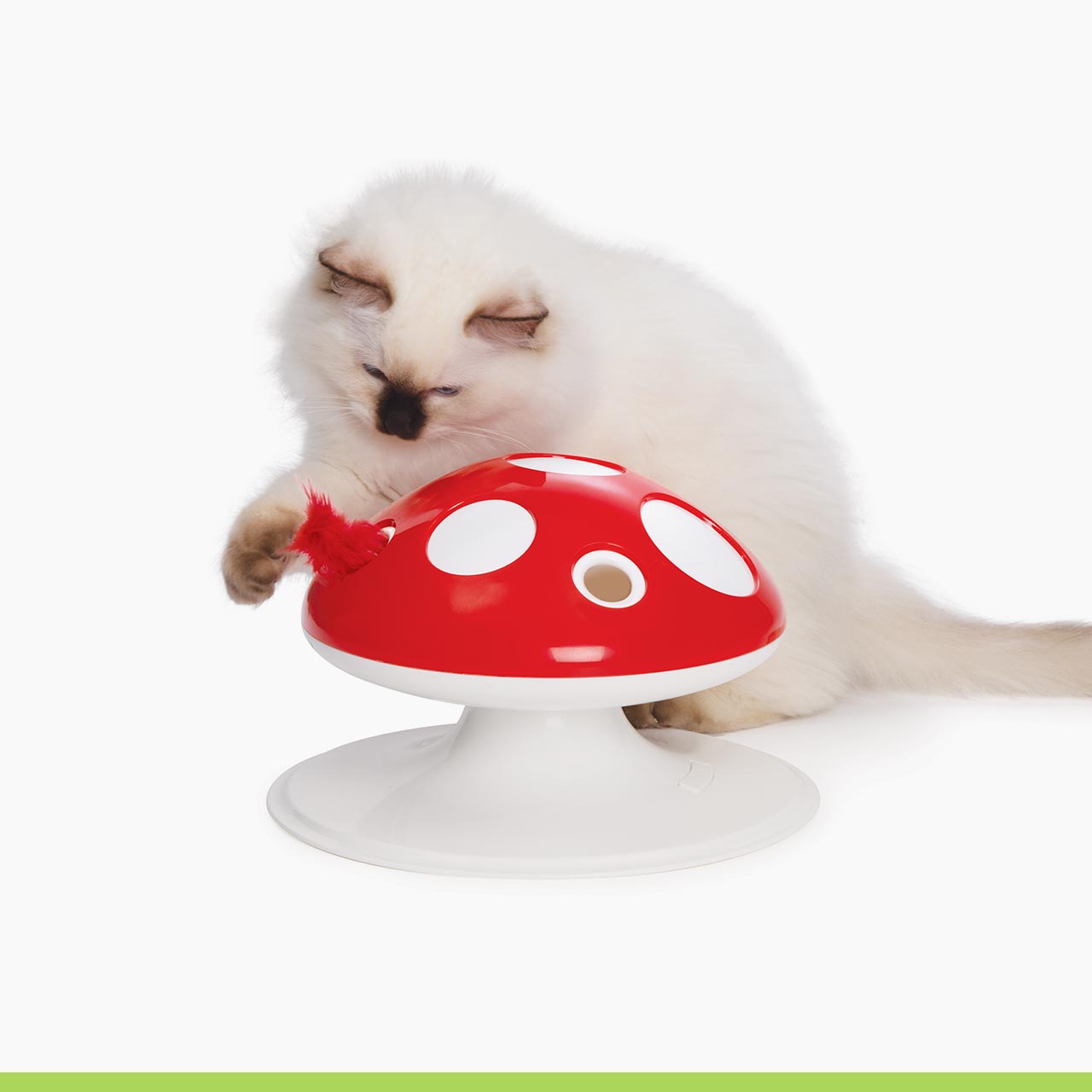In this article
A little history
While the common name of this desert kitty is “sand (dune) cat”, in the scientific community this ferocious cutie is known as Felis margarita, though the name has nothing to do with the Mexican cocktail or the Italian pizza.
In fact, naturalist Victor Loche – the first person to scientifically describe the sand cat – decided to name the animal after Jean Auguste Margueritte – the French general in charge of the expedition that led to the species’ discovery in 1858.

Geography
As the name suggests, the sand cat resides in sandy and stony landscapes. The species is widely distributed across the deserts of North Africa, the Arabian Peninsula, as well as Southwest and Central Asia. Sand cats usually live in flat or hilly areas with some vegetation. This desert vegetation is needed to prevent dunes from shifting due to the wind.

Physical appearance
This small feline – measuring only 39-52 cm or 15-20 in – has a thick, sandy to light grey fur that serves as camouflage and protects against desert temperatures. Sand cats look incredibly cute because of their wide heads with low-set ears, large green-yellow eyes, a reddish line that runs from the corner of their eyes across the cheeks, and jet-black nose.
Their relatively long tail (23-31 cm or 9.1-12.2 in) shows a black tip and two or three dark rings, the latter of which also appear on their short limbs. The sand cat’s underbody is lighter than the rest of their body and markings can vary between spots and stripes.

Hunting and diet
Because of the high desert temperatures, the sand cat usually rests during the day and hunts at night, covering on average 5.4 km or 3.4 mi a night. Just like many other cats, these ferocious hunters are carnivores and opportunistic feeders.
They enjoy rodents, birds, reptiles, and insects, which they may bury in the sand, so they have a snack left for later. But, what about drinking water? No need for that! Sand cats get enough moisture from their prey to survive.
Lifestyle
Sand cats may not be the best jumpers or climbers, but they sure are excellent diggers! They use their non-retractable claws to dig for prey, and to build or adjust burrows in which they spend the day to avoid hot temperatures.
While these kitties live a solitary life, they may communicate with others – spraying urine and using scent or scratch marks – during mating season. Did you know that sand cats can also produce loud, high-pitched barking sounds? Apart from this quirk, they mostly sound like a domestic cat though.

Conservation and threats
Previously listed as Near Threatened, the sand cat has been classified as Least Concern on the IUCN Red List, due to their wide distribution and large population. That said, the species still faces several threats, such as the destruction of their habitat by humans and the decline of prey population due to drought and desertification.
Furthermore, sand cats are hunting victims in certain regions and run the risk of catching diseases from feral cats and dogs wandering in the desert.
Did you know that…
- … sand cats are the only felines that live exclusively in deserts? Other cat species may pass through, but never stay.
- … sand cats sometimes close their eyes when humans approach at night, so their eyes wouldn’t reflect, making them even harder to spot in the sandy environment?
- … temperatures in the deserts inhabited by sand cats can rise to over 40°C or 104°F?
- … sand cats walk in a very funny way, with their bellies close to the ground? Even so, these wild felines can sprint at speeds of 30-40 km or 19-25 mi per hour!
- … sand cats have fur on the soles of their feet to prevent their paw pads from getting burned? It’s also the reason why sand cats don’t sink into the sand and don’t even leave footprints.
- … the Toubou nomads living northwest of Lake Chad don’t hunt sand cats because they believe these cats were the companions of the Prophet Mohammed and his daughter?
- … sand cats share their burrow with other animals, though not at the same time?











